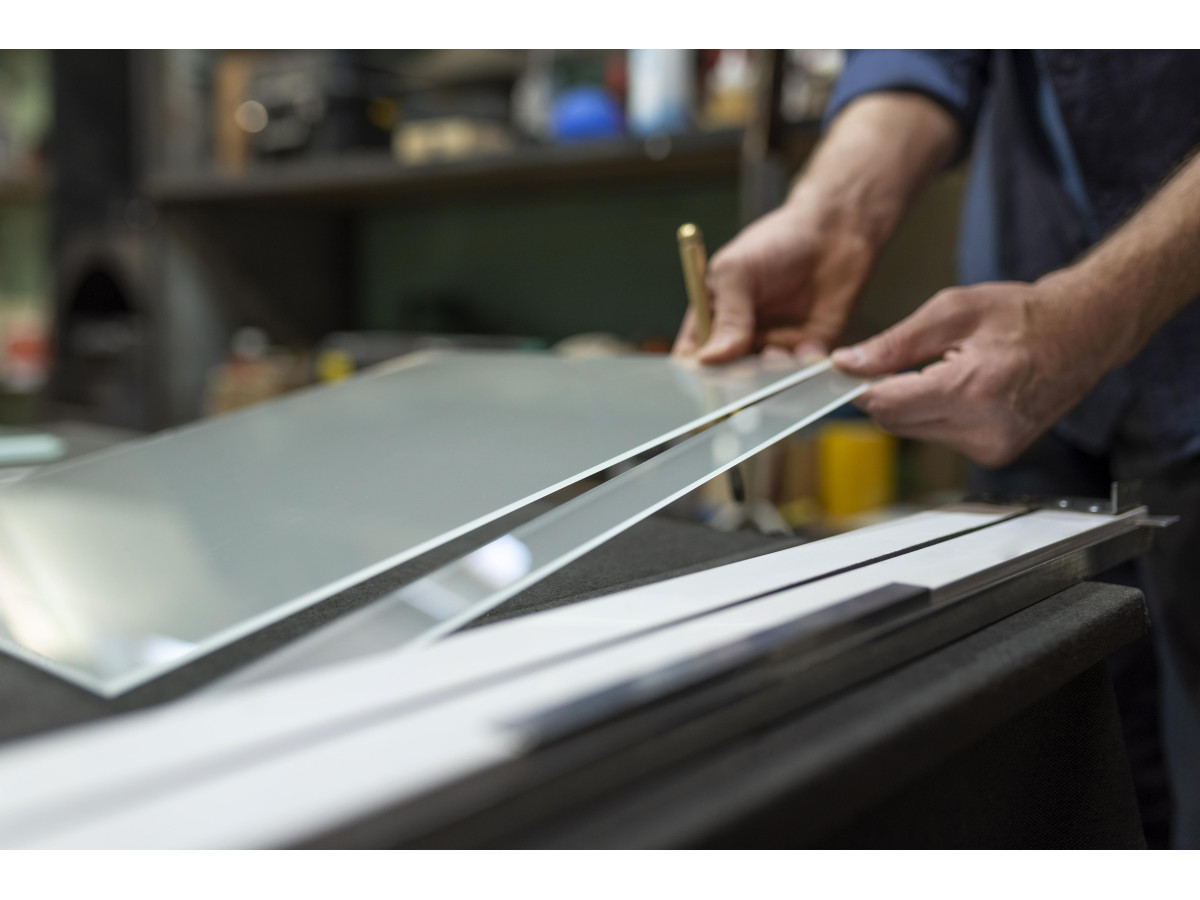In today's world, aluminum strip is becoming increasingly popular. This material is used to create aesthetic and functional solutions for homes and offices. Its versatility attracts attention due to its lightness, strength, durability, and numerous creative applications.
What are the advantages of aluminum strip?
One of the main advantages of aluminum strip is its ability to harmoniously fit into any interior style – from classic to ultra-modern. In minimalist spaces, aluminum elements create clear lines and geometric shapes, emphasizing the rigor and conciseness of the design. In hi-tech interiors, polished aluminum details add a futuristic touch and technological flair. In classic interiors, matte aluminum strips can be used to create elegant decorative elements without disrupting the overall harmony of the space.
Where is the material successfully applied?
The practical application of aluminum strip in interior design is extremely diverse. Let’s consider the main areas of use for this material:
Decorative Elements and Finishing:
- Moldings and Trimmings. They highlight the architecture of the room, visually divide space, and create accents on walls and ceilings, as well as door and window openings.
- Furniture. Decorative aluminum inserts give furniture a modern and stylish appearance while protecting edges from damage.
- Floors. Aluminum strips separate different floor coverings, creating smooth transitions and visually uniting the space.
- Decor. Artistic panels, installations, and three-dimensional aluminum elements become unique works of art in the interior.
- Lighting. Aluminum profiles are used to design backlighting and create light structures, adding depth and expressiveness to the interior.
- Architecture. Finishing columns and other architectural elements with aluminum strips gives the interior a luxurious and sophisticated look.
Modern Solutions
Particular attention should be paid to the possibilities of aluminum strips in creating modern lighting systems. Thanks to its thermal conductivity and ease of processing, this material is ideal for installing LED lighting. It allows for both functional and decorative lighting, forming multi-level light compositions and unusual lighting effects.
In furniture design, aluminum strips open up broad opportunities for creating unique interior pieces. They can be used for making furniture frames as well as for decorative finishing. Combinations of aluminum with wood, glass, or natural stone look particularly striking. Such combinations allow for the creation of furniture that becomes a true work of art.
Functional Solutions
An important aspect of using aluminum strips in interior design is their practicality and functionality. The material is corrosion-resistant, easy to clean, requires no special maintenance, and maintains its appearance for many years. This makes it an ideal choice for spaces with high humidity, such as bathrooms and kitchens, where aluminum elements can serve not only decorative but also protective functions.
Functional Solutions:
- Furniture Frames. Aluminum profiles create a sturdy and lightweight frame for built-in furniture, ensuring durability and reliability.
- Door Systems. They serve as guides for sliding doors, providing smooth and quiet movement.
- Fastening Elements. Used for securely mounting mirrors and glass panels, creating safe and stylish solutions.
- Suspended Ceilings. Aluminum profiles form the base for suspended ceilings, allowing for the creation of multi-level structures and integrating lighting into them.
- Ventilation. They are part of ventilation systems, ensuring effective air exchange in the room.
- LED Backlighting. Aluminum profiles serve as a base for LED backlighting, creating soft and even illumination.
- Protection. Protective corners and bumpers made of aluminum protect the corners of furniture and walls from damage.
- Partitions. Aluminum frames are used to create lightweight and mobile partitions that allow for space zoning.
When working with aluminum strips, it's important to consider several key points. Firstly, it's necessary to choose the right type of surface treatment – matte, polished, or anodized – depending on the overall concept of the interior. Secondly, attention should be paid to the quality of installation, as it directly affects the durability and aesthetics of the structures.

